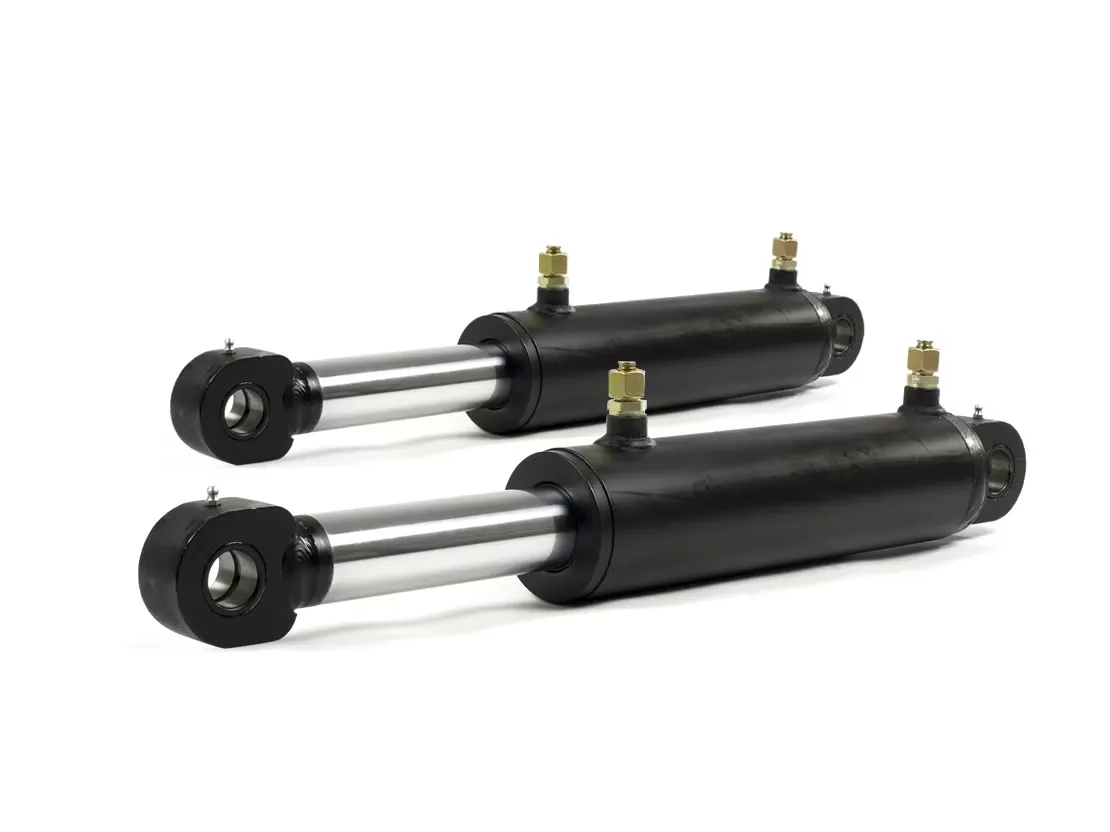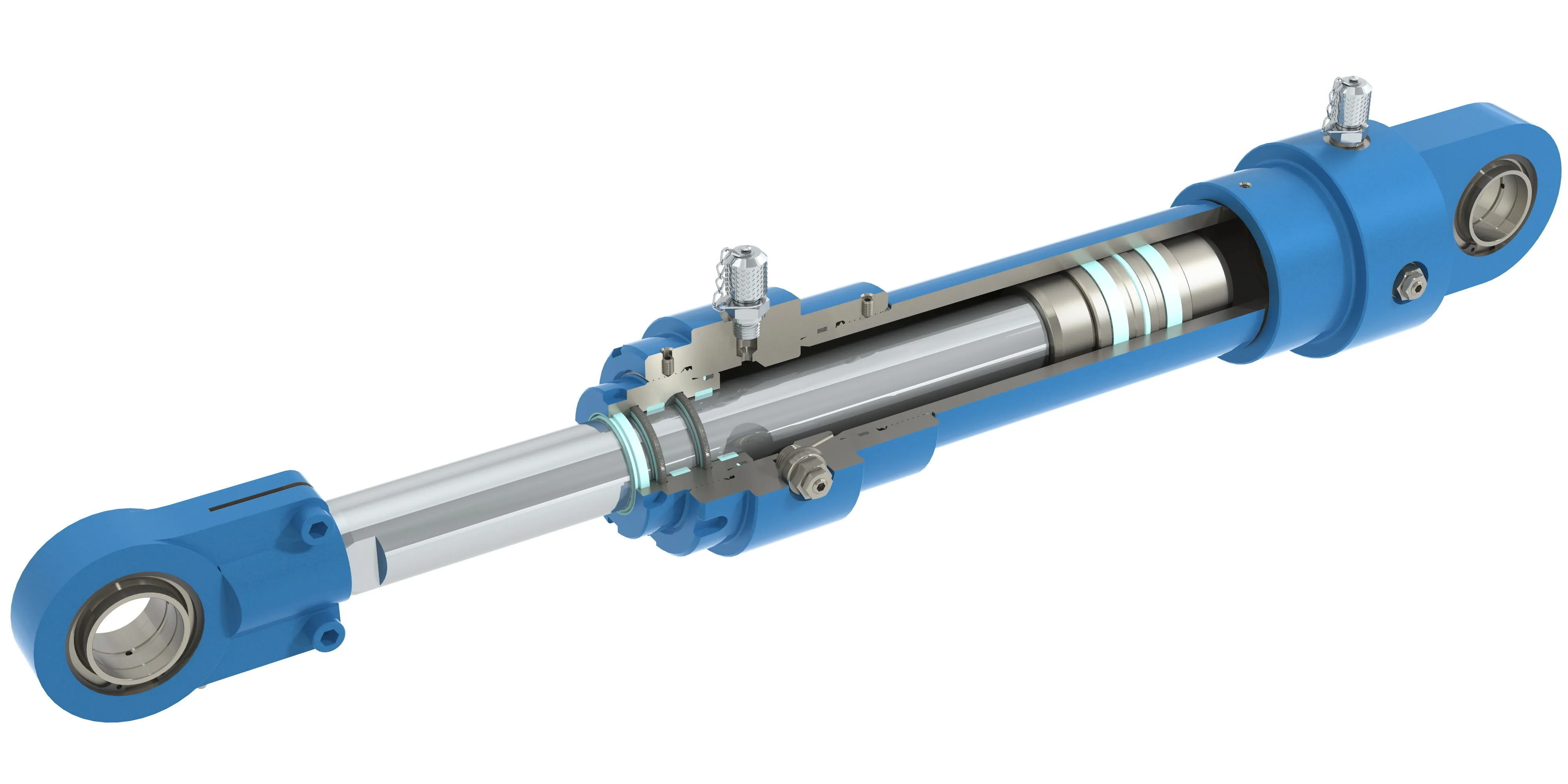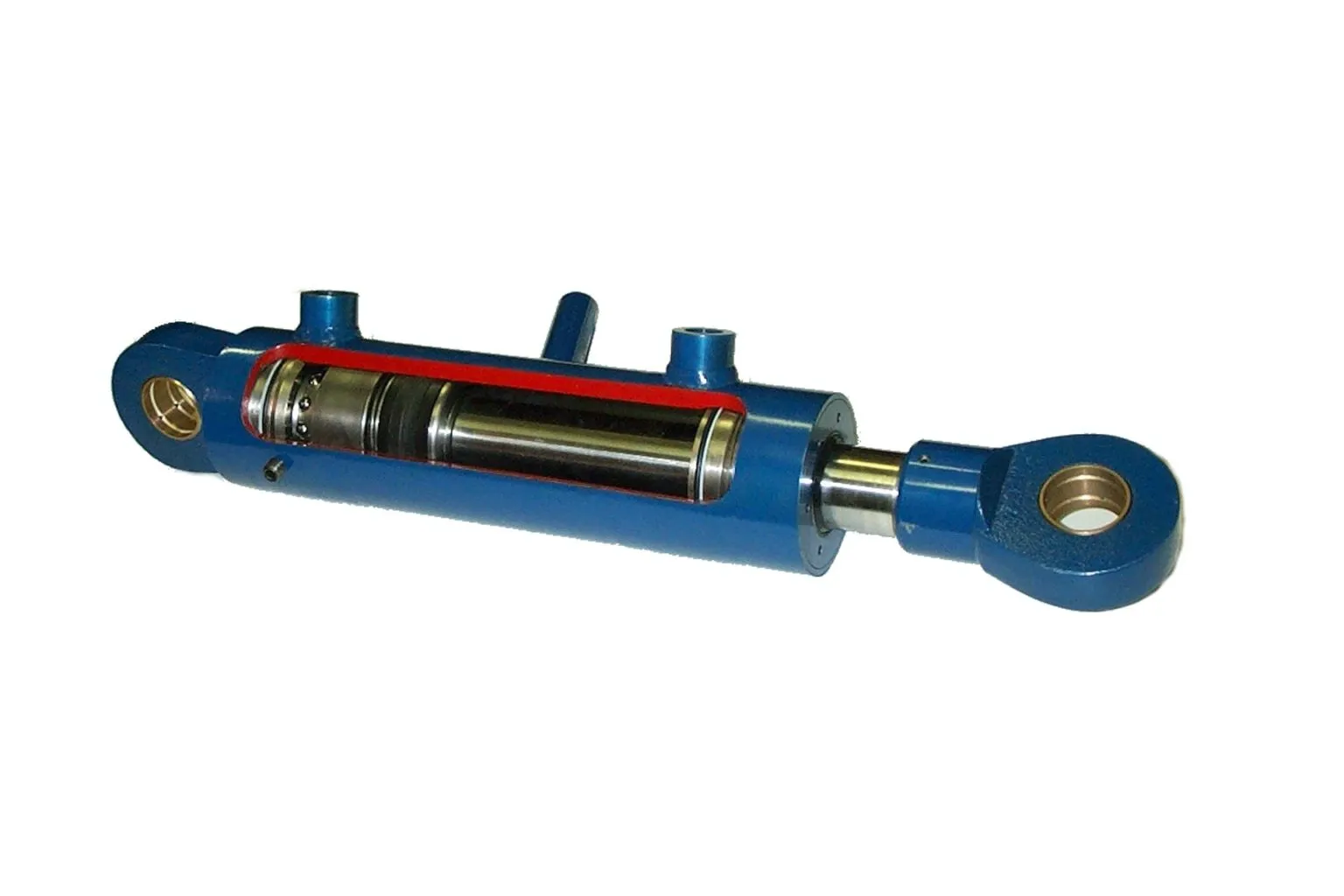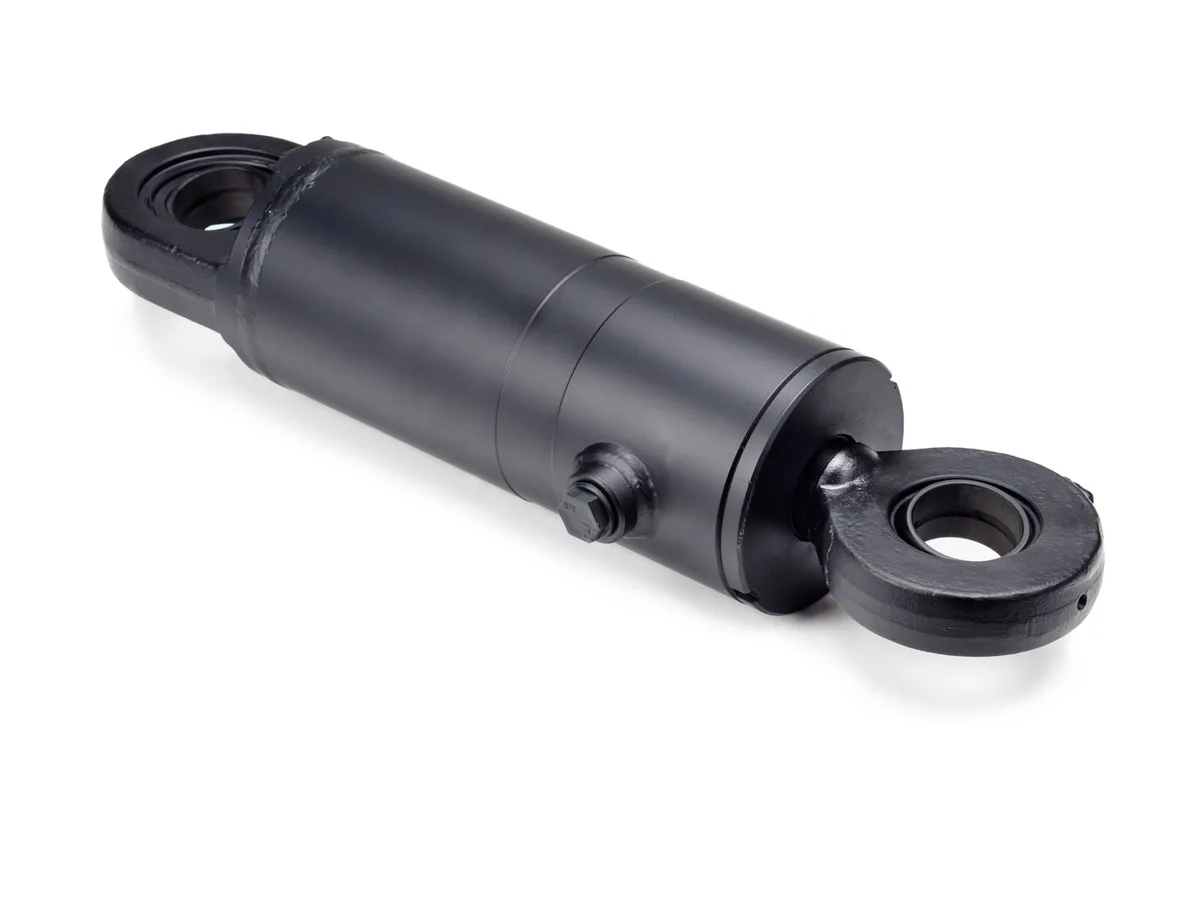
The Significance Of Performance Benchmarking In Telescopic Single-Acting Hydraulic Systems
Introduction
Telescopic single-acting hydraulic cylinders play a crucial role in various hydraulic applications, offering unique design features and advantages. In this article, we will delve into the design, construction, working principle, types, advantages, applications, maintenance, unit power, optimization, safety considerations, and more of these innovative hydraulic systems.
Design and Construction Characteristics
Telescopic single-acting hydraulic cylinders feature a multi-stage design, including the outer cylinder, internal stages, piston, and seals. The durable materials such as high-strength steel and aluminum ensure reliability and corrosion resistance. Seals like O-rings and wiper seals prevent leaks and maintain pressure.
Working Principle
The telescopic action of these cylinders allows for gradual expansion and contraction by applying hydraulic pressure in one direction. This mechanism is essential for various lifting and driving applications, making them versatile and efficient in different industries.
Types and Configurations
There are three main types of telescopic single-acting hydraulic cylinders, each offering unique configurations to suit specific needs. Understanding the differences and applications of these types is crucial for optimal performance.

Advantages
- Space Efficiency: Compact design with significant expansion capability.
- High Force Output: Ability to generate large forces for lifting heavy loads.
- Versatility: Adaptability across industries like construction, agriculture, and transportation.
Application Scenarios
- Space Efficiency: Ideal for tight spaces in dump trucks and height-limited environments.
- High Force Output: Crucial for lifting heavy loads efficiently and effectively.
- Versatility: Widely used across various industries and applications for optimal performance.


Design Considerations and Selection Criteria
When choosing telescopic single-acting hydraulic cylinders, factors like bearing capacity, sealing, durability, safety, and maintainability should be carefully considered to ensure optimal performance and longevity.
Sealing and Lubrication
Proper sealing with materials like polyurethane and nitrile rubber, along with regular lubrication, is essential for preventing wear and maintaining optimal performance. Careful maintenance practices can extend the service life of these cylinders.
Regular Inspection and Maintenance
Implementing regular inspection and preventive maintenance measures can help identify potential issues early on and ensure the continued efficiency and reliability of telescopic single-acting hydraulic systems.
Installation Guide
Following the correct installation procedures is crucial for the optimal performance of telescopic single-acting hydraulic cylinders. Proper alignment, mounting brackets, and maintenance practices are essential for long-term reliability.
Optimizing Power Unit
Optimizing the power unit of telescopic single-acting hydraulic cylinders can improve efficiency, energy savings, and reliability. Factors like cylinder diameter, operating pressure, piston speed, and load conditions play a significant role in enhancing unit power.
Company Focus
Our company is a leading hydraulic cylinder replacement manufacturer, offering a wide range of products and services. With a focus on professionalism, international certifications, customization, production equipment, and after-sales support, we strive to meet the needs of our domestic and international clients.
Conclusion
Telescopic single-acting hydraulic cylinders are essential components in various hydraulic systems, offering unique advantages and applications. Understanding their design, working principles, maintenance, and optimization can help maximize their efficiency and longevity in diverse industries.
Author: lyl
